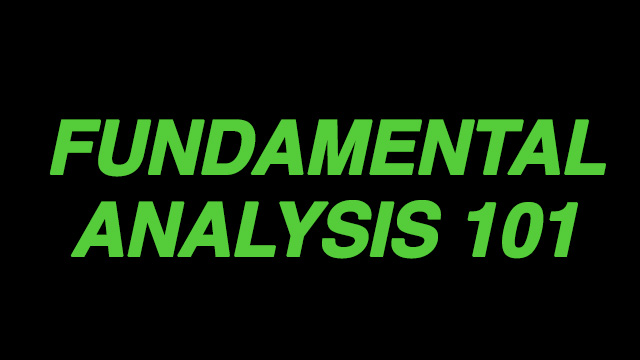Monetary policy and interest rate expectations play a central role in fundamental analysis, as these determine the rate of return for holding a country’s assets and therefore the demand for its currency. As mentioned in the previous section, central banks’ decisions carry a major influence in this regard.
Of course these decisions are based on a number of economic factors, including overall growth, inflation, consumer spending and confidence, and trade activity among many others. These data can be found in economic databases online and fresh releases can be tracked using an economic calendar.
Generally speaking, consistent economic improvements and expectations of strong performance could lead a central bank to tighten monetary policy. This involves decreasing the amount of money in circulation, which then causes the value of the currency to go up, or increasing interest rates. These tools are employed in order to prevent the economy from overheating or inflation from spiking out of control.
When traders see consecutive improvements in economic data, interest rate hike expectations tend to build up and push the value of the currency higher even before the actual monetary policy decision is announced.
On the other hand, consecutive declines in economic performance could convince a central bank to ease monetary policy. They can either increase the amount of money in circulation, which then causes the value of the currency to drop, or by decreasing interest rates. Both of these moves are designed to encourage lending and spending, which eventually translate to stronger economic performance.
When traders see a prolonged weakness in economic data, interest rate cut expectations grow and push the value of the currency lower even before the actual policy decision is made.
Central banks can also intervene in the foreign exchange market, as the Swiss National Bank has been notorious for doing. These are very rare occasions when the central bank thinks that the currency is overvalued and is starting to take its toll on the country’s export industry. After all, a higher currency value means that exports are relatively more expensive in the international market, which could then hurt demand. A central bank can conduct currency intervention by selling a large amount of its local currency in order to drive its value down.
Testimonies by central bank officials also tend to influence forex market price action as these contain clues on what their next monetary policy moves might be. This is why central bankers’ speeches are also marked on the economic calendar, usually as a top-tier event when it’s the central bank head speaking.
Minutes of policy meetings also carry weight in price action, as these also provide hints on how the other members of the board think the economy is faring and whether monetary policy adjustments are needed or not. Traders usually monitor when there is a change in bias and start pricing in potential policy tightening or easing ahead of time.





